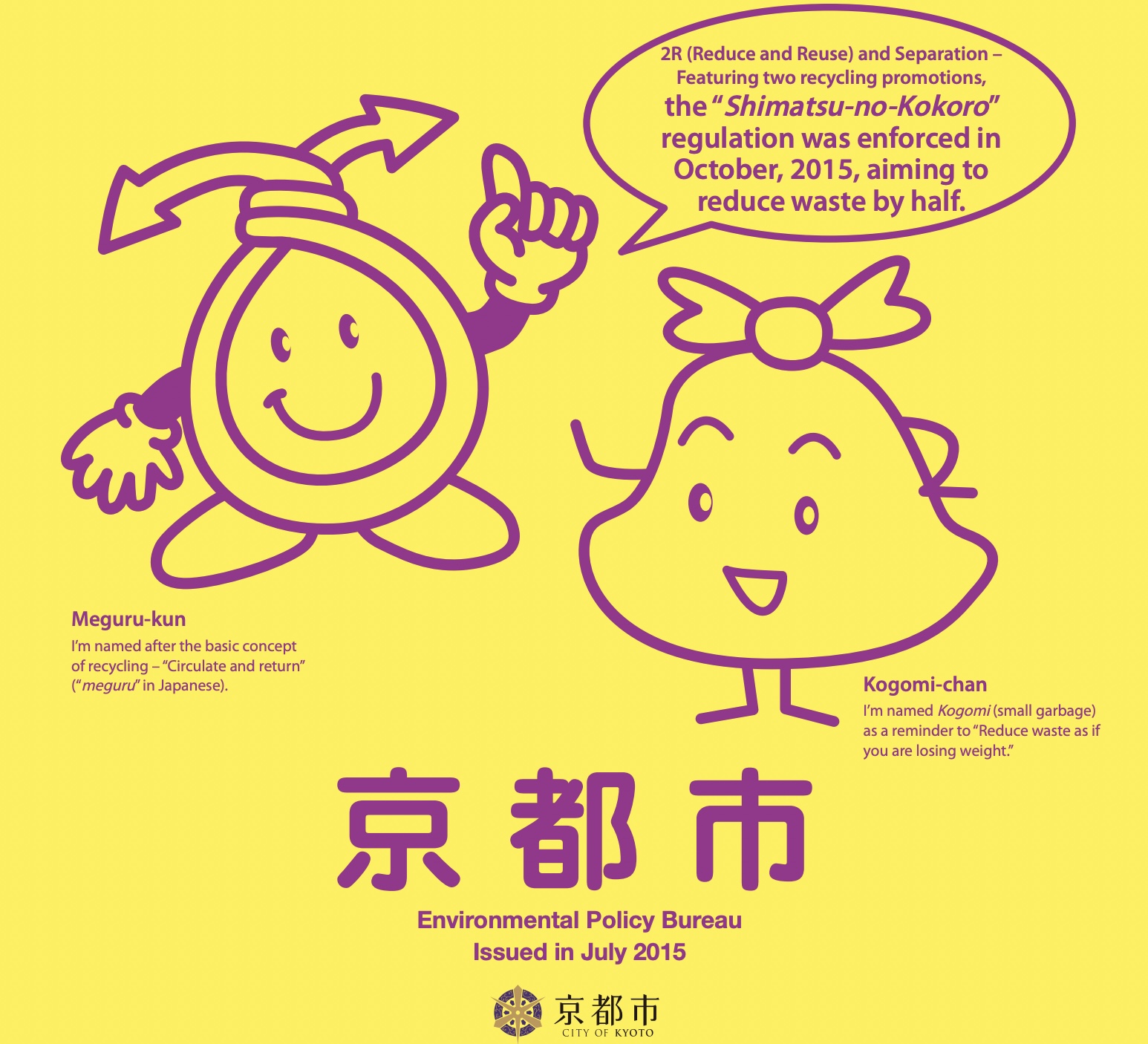EY Y03 L21 Trash
This week’s Questions

- How many types of trash do you have to separate in your city/town? Name each category.
- Does your town or city have a system for trash that is easy to follow? Why do you think that?
- Which item or items do you find really hard to get rid of?
- Tell us about a rule for trash, either in your home, in the work place, at school, in local stores or in your city that you think does not make sense.
- Tell us about a place in your town, or somewhere near it, where fly-tipping, illegal dumping or excess littering is often a problem. What have the authorities or local residents done to prevent or decrease it?
- The village of Kamikatsu, on the island of Shikoku, has been a pioneer in Japan of "zero-waste". Residents have to split their trash into 45 categories, then take it to a collection centre where volunteers ensure individual items go into the correct bin. The town is very proud of its achievements and it has inspired many other cities around Japan. If your town or city were to adopt a "zero-waste" policy, would you be relieved and proud or annoyed and frustrated? Why?
This week’s Responses
Sorry. You must be logged in to view this form.
Teacher’s Compositions

by Jon Hay
Read Now
Question 1
We have to seperate paper, cans, plastic, and preishables.Question 2
Yes, it is pretty easy to follow as City Hall provided us with a timetable and diagram.Question 3
I find glass jars to be difficult to get rid of in Japan.Question 4
This is not so much a rule, but more of an observation. There are not many public trash cans in Japan. There only seems to be some at the train stations, convenience stores, and there are bottle bins next to vending machines.Question 5
This is not near my home but on the train to work, I pass over a river, and I see a lot of large home appliances left on the river bank.Question 6
For me it would be a little annoying as I am very busy with work and a young family.Tough Vocabulary
| - English - | - Japanese - |
|---|---|
| preishables | 生鮮食品 |
| diagram | 図 |
| observation | 観測 |
| pass over a river | 川の上を通る |
| home appliances | 家庭用電化製品 |
- 0 -
comments

by Antonio Santosa
Read Now
Question 1
There are three main types of trash that we have to separate in Kyōto city. We use the yellow plastic bag to dispose of our combustible garbage and the clear bags for PET bottles and aluminum cans. There's also the recyclables but we don't need to put them in a particular plastic bag as they can be quite big.Question 2
I think the system is pretty easy to follow. There are posters and QR codes in many places throughout the city to remind people how garbage is separated in Kyōto. I just don't like the fact that we have to buy plastic bags for trash!Question 3
This year, I struggled to throw away my futon. I had to get a special garbage collector to take it away from me and paid them about 2000 yen.Question 4
I read somewhere that there's a prefecture in Japan that enforces a ridiculous garbage separation rule. There are over 40 types of garbage that the residents need to keep in mind, or else they will be labeled "unacceptable." I think this is going a little too far.Question 5
There's a garbage bin beside a vending machine near the Gion area in Kyōto that seems to always be full. People throw away all sorts of things from cans to household garbage. There's really nothing that the government has done to combat this problem.Question 6
I honestly would be very annoyed but impressed at the same time if Kyōto goes to such length to ensure that we have a clean and "zero-waste" city. On the one hand, it's ideal to have a cleaner planet, however, I believe that many people would not want to spend a lot of time sorting out the trash in such detail.Tough Vocabulary
- 0 -
comments
